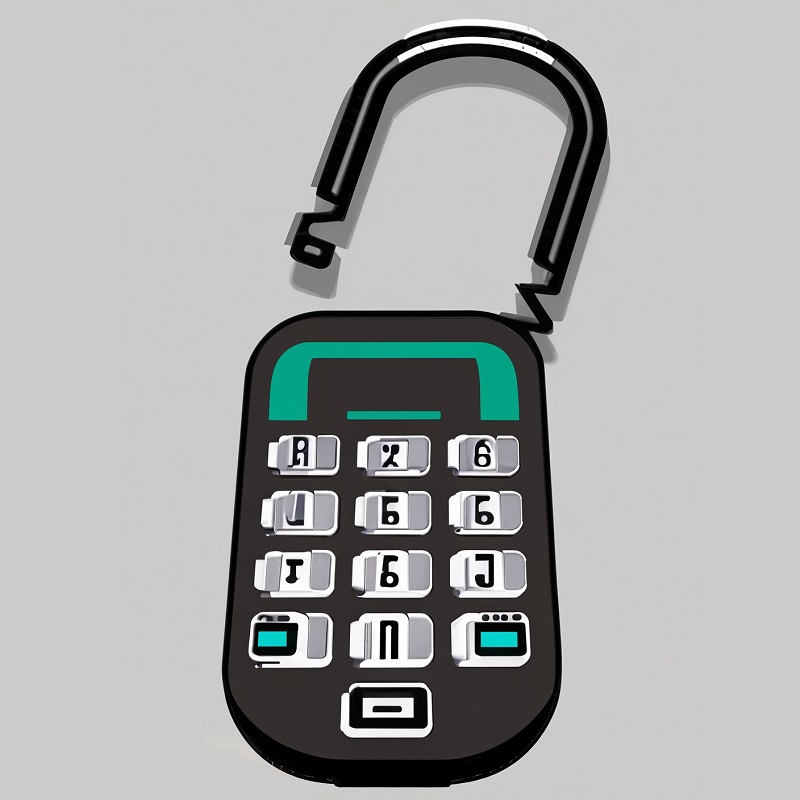
Payment Security
Payment security is a growing concern for businesses and consumers alike, with the increasing prevalence of online and mobile transactions. As such, it is critical for businesses to implement a robust security platform to protect against data breaches and fraud. In this article, we will explore some of the key features and best practices for ensuring payment security.
Point-to-Point Encryption (P2PE)
One of the most important features of a secure payment system is point-to-point encryption (P2PE). This technology ensures that payment data is encrypted at the point of sale and remains encrypted throughout the entire transaction process. By doing so, P2PE prevents hackers from intercepting and decrypting sensitive payment information, ensuring that it remains secure.
Tokenization
Another essential component of a secure payment platform is tokenization. This technology replaces sensitive payment data with a unique token that has no intrinsic value. As a result, even if a hacker were to gain access to the token, they would be unable to use it for fraudulent purposes. Tokenization is especially useful for recurring payments, as it allows businesses to securely store payment data without exposing it to potential security threats.
Fraud Detection and Prevention
In addition to P2PE and tokenization, a secure payment platform should also include the latest in fraud detection and prevention technology. This includes real-time monitoring of transactions, as well as advanced algorithms that can identify and flag potentially fraudulent activity. By constantly monitoring for suspicious activity, businesses can quickly detect and prevent fraud before it can cause significant damage.
Training and Education
An often overlooked aspect of payment security is training and education. It is critical that businesses ensure that their employees are properly trained on best practices for payment security. This includes topics such as how to handle sensitive payment data, how to identify and report suspicious activity, and how to respond in the event of a data breach. By investing in training and education, businesses can help prevent security incidents from occurring in the first place.
Payment security is a critical concern for businesses and consumers alike. By implementing a comprehensive security platform that includes features such as P2PE, tokenization, fraud detection and prevention, and training and education, businesses can protect against data breaches and fraud, ensuring that their payment systems remain secure.
Point-to-Point Encryption (P2PE)
One of the most important features of a secure payment system is point-to-point encryption (P2PE). This technology ensures that payment data is encrypted at the point of sale and remains encrypted throughout the entire transaction process. By doing so, P2PE prevents hackers from intercepting and decrypting sensitive payment information, ensuring that it remains secure.
Tokenization
Another essential component of a secure payment platform is tokenization. This technology replaces sensitive payment data with a unique token that has no intrinsic value. As a result, even if a hacker were to gain access to the token, they would be unable to use it for fraudulent purposes. Tokenization is especially useful for recurring payments, as it allows businesses to securely store payment data without exposing it to potential security threats.
Fraud Detection and Prevention
In addition to P2PE and tokenization, a secure payment platform should also include the latest in fraud detection and prevention technology. This includes real-time monitoring of transactions, as well as advanced algorithms that can identify and flag potentially fraudulent activity. By constantly monitoring for suspicious activity, businesses can quickly detect and prevent fraud before it can cause significant damage.
Training and Education
An often overlooked aspect of payment security is training and education. It is critical that businesses ensure that their employees are properly trained on best practices for payment security. This includes topics such as how to handle sensitive payment data, how to identify and report suspicious activity, and how to respond in the event of a data breach. By investing in training and education, businesses can help prevent security incidents from occurring in the first place.
Payment security is a critical concern for businesses and consumers alike. By implementing a comprehensive security platform that includes features such as P2PE, tokenization, fraud detection and prevention, and training and education, businesses can protect against data breaches and fraud, ensuring that their payment systems remain secure.
